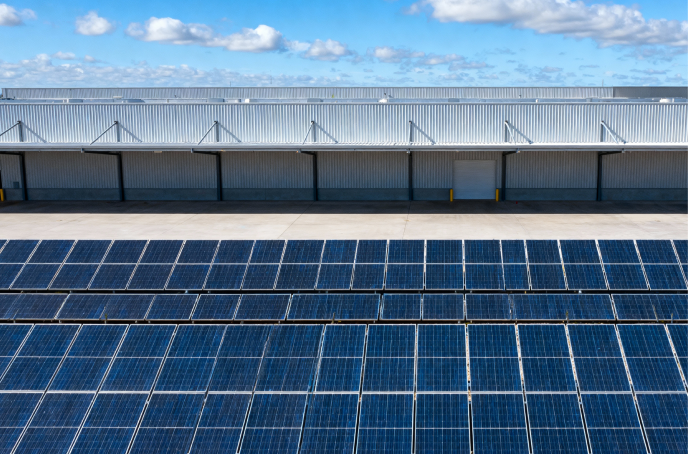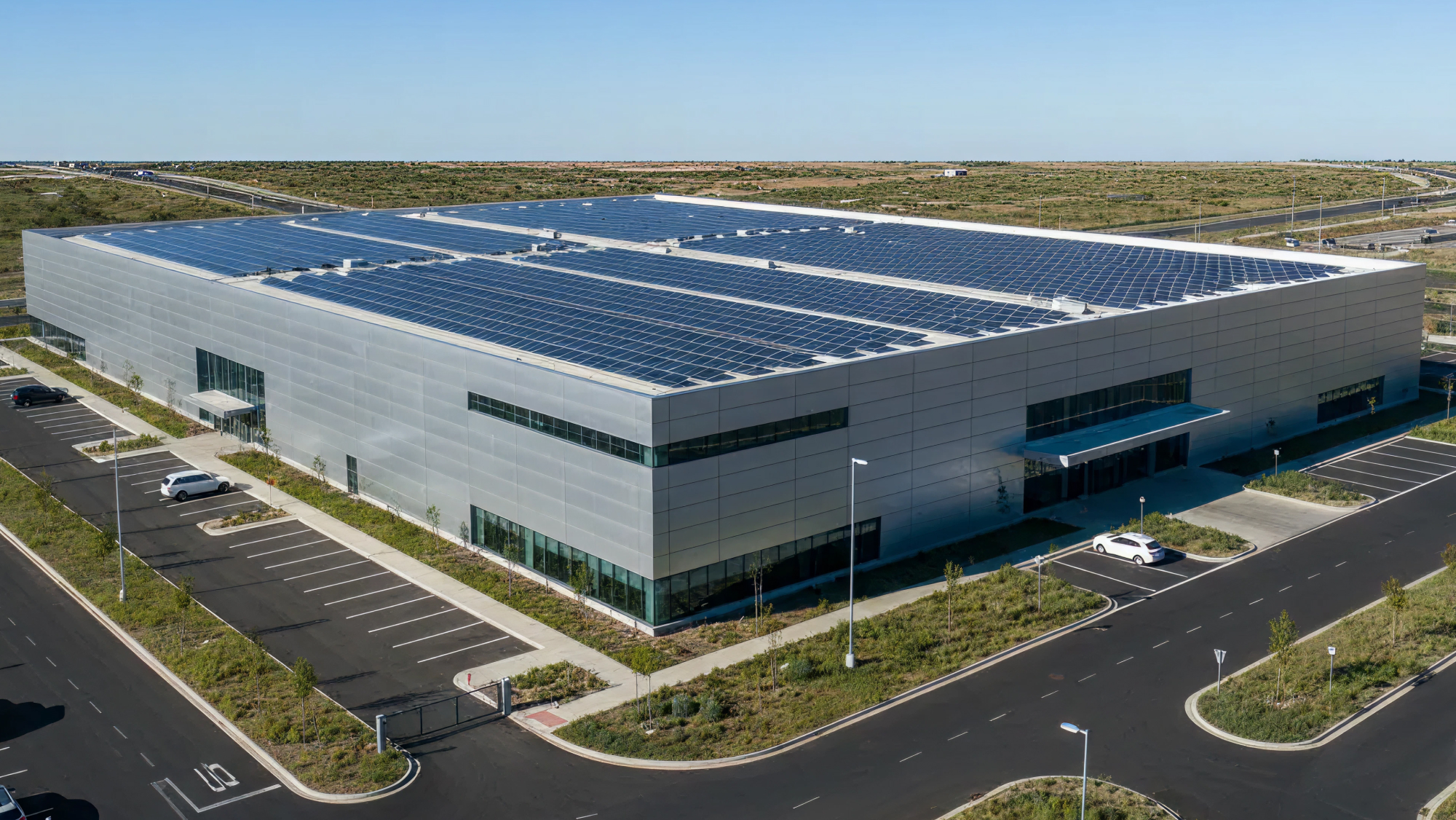Community solar is the fastest growing segment of the US solar market. Is it right for your properties?
.jpg)
What Is Community Solar?
Community solar is a collective solar power model in which multiple participants (individuals, businesses, nonprofits, local governments, and/or other parties) each buy or lease a share of a centralized solar facility, granting them proportional rights to the electricity it generates. These programs incentivize building and land owners to take full advantage of available space while giving everyone in the community the opportunity to benefit from solar energy.
Community solar programs democratize access to solar power, reduce electricity bills and carbon emissions, and build a cleaner, more distributed and resilient electric grid. However, community solar is policy-driven, allowed only in certain states (each with unique requirements), and practically viable in a smaller subset.
Market Overview
Community solar is the fastest growing segment of the U.S. solar market today. The Department of Energy is aiming to have 20GW of community solar by 2025, and the Coalition for Community Solar Access predicts the U.S. will surpass 30GW of community solar by 2030. Recently, a profusion of federal and state incentives aimed at spurring the growth of community solar has been announced, including a $7 billion federal grant to bring solar to millions of homes in low-income and disadvantaged communities.
Community solar programs are enabled by state-level legislation, meaning they’re only available in certain states, each with its own restrictions. Today, the community solar market is dominated by a few states with mature programs: Colorado, Illinois, Maine, Maryland, Massachusetts, Minnesota, New Jersey and New York. New programs are rolling out in New Mexico, Pennsylvania, and Virginias, and upcoming legislation in California is expected to add up to 8 gigawatts (GW) of community solar, making it the largest market nationwide.
The primary driver behind government support of community solar is the desire to democratize access to clean energy and distribute its economic and environmental benefits more equitably within local communities. For example, New Jersey launched a successful Community Solar Pilot Program in 2018 with the goal of producing over 243 megawatts (MW) of clean energy—enough to power 30,000 households—and designated 51% of that for low- and moderate-income subscribers. Over in Colorado, households enrolled in low-income solar projects save between 15-50% on their electricity bills, averaging $382 in reductions annually.
Opportunity for Building Owners
In states that permit commercial properties to host community solar projects, building owners with large swaths of available rooftop or land can host a solar array, optionally financed by an experienced community solar developer. These developers pay for the upfront installation costs and ongoing maintenance of the solar panels, plus recurring rent for use of the rooftop or land space. For owners with complex, multi-tenant relationships, like triple-net lease (NNN) industrial or retail segments, community solar can offer a streamlined way to solarize properties without the headaches of gathering energy data and synthesizing local net metering regulations.
In addition to receiving rent for hosting the system, building owners can subscribe to a portion—typically up to 50%—of the electricity generated by the solar array they host on their property at a discount. The rest is purchased by the local community.
Community solar can be a financial and environmental win for all parties involved—under the right circumstances.
Evaluating Whether Hosting a Community Solar Project Is Right for You
Hosting a community solar project doesn’t make sense for all building owners. Below are four factors to consider:
1. Property Suitability
Hosting community solar makes the most financial sense for properties that:
- Can support a solar system between 1-5MW.
- Consume no more than 50% of the electricity that the on-site solar system generates annually.
- Are located in a Justice40 community.
Community solar projects can also make sense for properties with NNN leases, particularly if the tenants are low- to moderate-income, because it avoids the complexity of having to seek tenant buy-in.
2. Regulatory Eligibility
While 22 states + Washington, DC have passed legislation enabling community solar, not all of them have capacity for new projects in the near future. Rules and incentives vary quite a bit from utility to utility, making it challenging to accurately predict the incentives that will be available once a project makes it out of the design phase.
3. Implementation Challenges
Because community solar is still relatively new in most markets, utilities and regulators alike are still figuring out how best to implement programs that are profitable, consumer-friendly, and deployed in a timely manner.
- For example, although New Mexico passed legislation enabling a 200MW pilot program in April 2021, as of November 2023—two and a half years later—it’s still unclear which 45 projects, out of 400+ bids, will move forward.
- In Orange & Rockland territory in New York, the majority of proposed community solar projects have withdrawn from the application process due to unexpected delays and costs.
4. Incentive Availability
Many community solar incentives are limited and offered on a first-come, first-served basis, which means that only the earliest applicants may be able to take advantage of them.
- For example, to qualify for the 10-20% point increase to the Investment Tax Credit via the Low-Income Communities Bonus Credit—allocated across 1.8GW of solar and wind each year—projects must apply to the DOE and IRS during a 30-day window, after which applications are only accepted on a rolling basis. Because the DOE reviews applications in the order in which they’re received, the IRS may allocate all Capacity Limitation before later applications are even reviewed.
How to Benefit From Community Solar Programs Without Hosting
Buildings without solar panels can still benefit from community solar by subscribing to a remote community solar project. This arrangement allows building owners or tenants to purchase power at a discount, reducing electricity costs without having to install any equipment on their property.
Next Steps
Interested in exploring community solar or determining the best solar financing options across your property portfolio?
Book a meeting with a Lumen expert to discuss!



